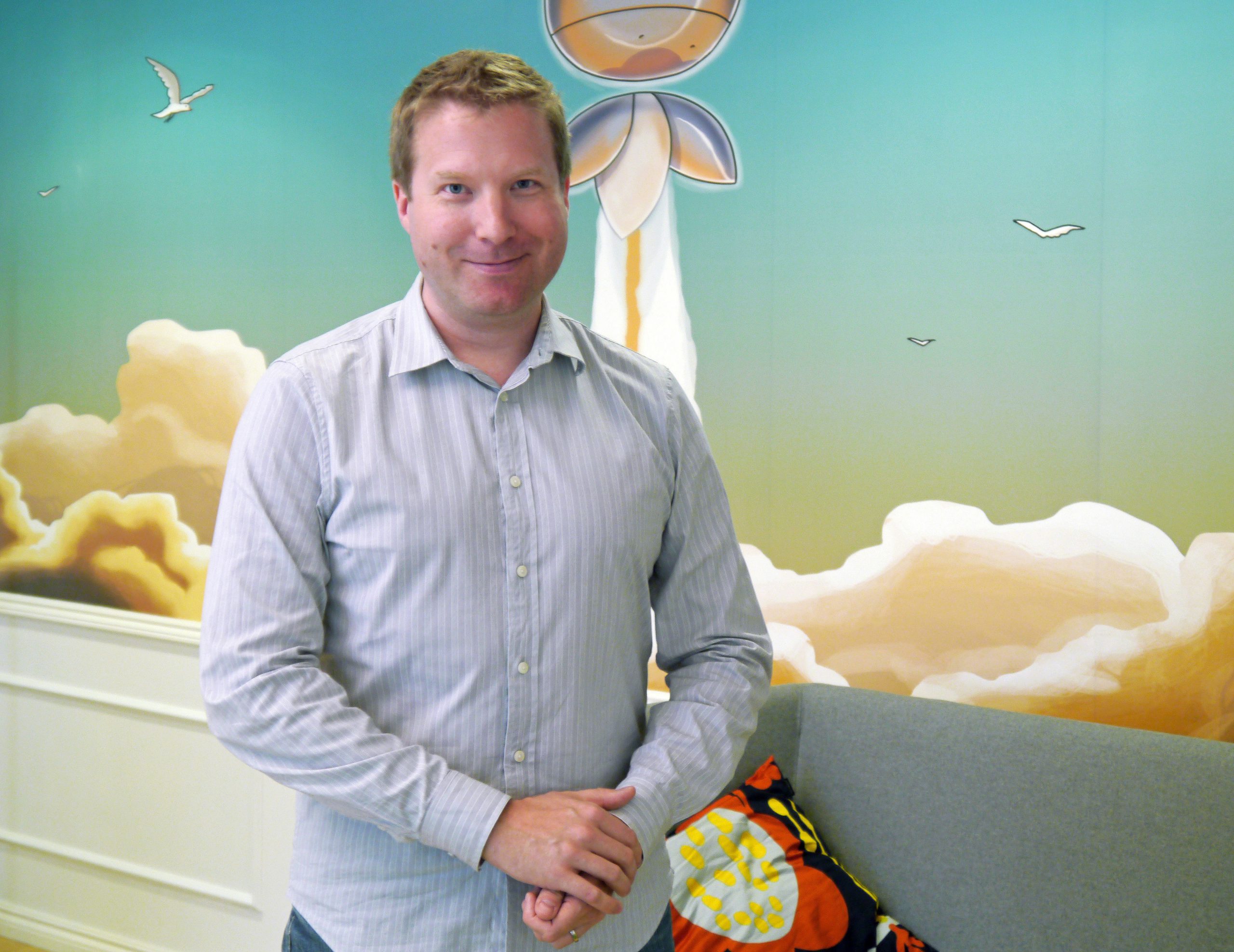This time, North Patrol interviews Vesa Palmu, a web professional since many years. We will first glance at the history of the CMS market and how the rise of Drupal coincides with it. Vesa also casts a look at the biggest changes on the CMS market in the last few years and analyzes, for example, the rise of frameworks.
North Patrol is a consulting firm specialized in the design of digital services and information systems. We shape ideas into a vision and service concept, find the best architectural and technological solutions, design a functional user experience, and compete to find the ideal partner for implementation work. We do not sell implementation projects, nor do we sell licenses; we are genuinely on the side of the customer.

This article is a part of CMS selection article series by North Patrol.
North Patrol helps customers to make smart technology decisions and find the best implementation partners. Typically, we facilitate prestudy projects and evaluate vendors and proposals. Most of our clients are large companies headquartered in Finland.
Vesa Palmu is the CEO of Wunderkraut and a member of the Board of Directors of the international Drupal Association. He lives in London, and his main job is to talk about Drupal and Wunderkraut to large corporations all over Europe. Vesa has a long history with a variety of CMS products, and before his tenure at Wunderkraut, he worked as a consultant helping clients buy web renewal projects.
How would you describe the changes in web technologies over the last 15 years?
The first stages of the business were quite a mess combined with all kinds of technologies. The most interesting phase began with the second rise of “one-purpose products”. Before that, the product range was really mixed, and only giants like Vignette were having more influence. I think this was around 2007, a little less than ten years ago. Those products included SharePoint, WordPress and similar products. Products that did one thing extremely well. This was also a time when we saw a lot of misuse of these products—when folks knew only one product, they tried to do everything with it.
A little later, frameworks started to rise, like Ruby on Rails, Django and many others. The point of frameworks is that you still code customized implementations, but the coding is a lot more productive than it used to be. Of course, the same was attempted even earlier by Java and many others, but Ruby on Rails was probably the first to fulfill the promises.
Over the last few years, technologies have developed into many different directions at the same time.
How do you see today’s situation, and how does Drupal fit into it?
On one side of the spectrum, we have content management systems like Sitecore and WordPress. On the other, we have frameworks you can use to code many things rather efficiently. Then, between these two extremes, we have CMFs (content management frameworks) like Drupal.
Compared with frameworks, Drupal is very efficient in producing features, but very laborious in creating details. Frameworks have it the other way round, features are laborious, and the details get done almost as a side thought. With frameworks, you can quickly produce things that look good, but the wider and the more complex your project is, the more expensive it will be. With Drupal, you can create very complex things within a couple of weeks, but after that, the fine-tuning of user interfaces and usability will take time and cost money.
In comparison with content management systems, you could say that with Drupal, you can create a good CMS, but it is not much of a CMS without configuration. The difference is that with Drupal, you can build a WordPress, but not vice versa. Drupal also requires more system-specific expertise from the supplier than a product or a framework.
Actually, besides these three categories—content management products, frameworks and CMFs—we have a variety of SaaS alternatives, like Kotisivukone in Finland, Squarespace and other totally ready-to-use one-purpose wonders.
Market shares are heavily dependent on the type of the website. Within the less professional sites, SaaS and CMSs probably have 99% of the market. Within larger and more complex sites, the market share changes quickly. If there were statistics on large-scale websites only, I would bet that Drupal would figure as a clear market leader.
If we think about the cash flows in all these ecosystems, CMSs and SaaS products probably account for some 60 percent. It’s difficult to draw a line between these two, because WordPress alone is such a big player and works in both categories. Frameworks probably account for something like 30 percent, because they are the de facto standard for startups. The remaining 10 percent go to systems like Drupal, and a small number of professional online services.
The learning curves for developers also have some effect. Frameworks are by far the easiest to learn, and one developer may easily master many of them.
CMS products, on the other hand, may be anything from insanely difficult to really easy. Systems like Drupal are typically the most difficult for developers, which is why it isn’t realistic to expect an individual developer to keep on top of many such systems. This also has an effect on how many alternatives a supplier can offer to its clients.
At present, the internet is growing and developing on many fronts at the same time. All have their own share of the market. The share of SaaS products will certainly grow, but otherwise the future is difficult to predict.
In addition, the markets in different parts of the world vary a lot. Germany is a distinctly individual market, so is the US, and even Sweden. For example, Typo3 is still a big player in Germany, but practically dead everywhere else. The same goes for EPiServer, which is big in Sweden and has some foothold in northern Europe, but isn’t seen at all anywhere else in the world.
In summary, there’s been a lot of progress. The different markets will likely become more similar in the future.
What has improved over the years?
1) Setting up basic websites is totally free and trivial today in comparison with the situation ten years ago. Online marketing is still difficult, but building small sites is very easy as a technical exercise.
2) Appropriate piloting is a lot easier today. It is still difficult to create a big site that is business critical and meaningful, but piloting is easier today. Trial possibilities are dizzying when we compare them, for example, what could be done in 2000. In those days, you would have needed half a million euro even for a decent trial version. These days, you can work wonders with around twenty thousand, and on the bargain, you get genuine client feedback before making more far-reaching decisions.
What is still difficult? What has not changed?
1) People still think that well planned is half done. Complex projects have not become any easier. When you need to make big changes in people’s working methods and tools, things can get really difficult. These things still require more agility, piloting and examples of gradual success.
2) I must say that most of the problems are related to the internal arrangements within organizations—in other words, management problems. Few big IT projects fail because of technology. They fail because of poor change management.
3) If I must mention a technical problem, it would be that massive scalability is still difficult when the scale is constantly growing. In particular, when we are talking about a global scale, this is still a challenging aspect that few actually are proficient in.
4) Data security is rising in importance. Theft, scams and spying in data networks are a big problem and a big business. And because even governments are doing these, you shouldn’t expect any solutions in the near future.
What would you improve on the offering side, that is, the agencies?
Well, there’s a lot to fix in the agencies in this business. For example, I don’t think that focusing only on a blue ocean strategy is a good idea when we are talking about expert services. Tight, continuous competition will keep the agency in good shape and helps expansion.
For small companies with less than a hundred employees I would recommend a tight focus. It isn’t realistic to expect you can master dozens of technologies. You should select those operating methods, tools and businesses where you can really excel and place your bets on them. It is better to choose the clients and projects that are a good fit with your strengths than try to offer every client something to avoid needing to turn down any projects. It is typically a lot more difficult—but more important—for suppliers to say “no” than to say “yes”.
Note: This interview was originally published in Finnish in the Vierityspalkki.fi blog.


